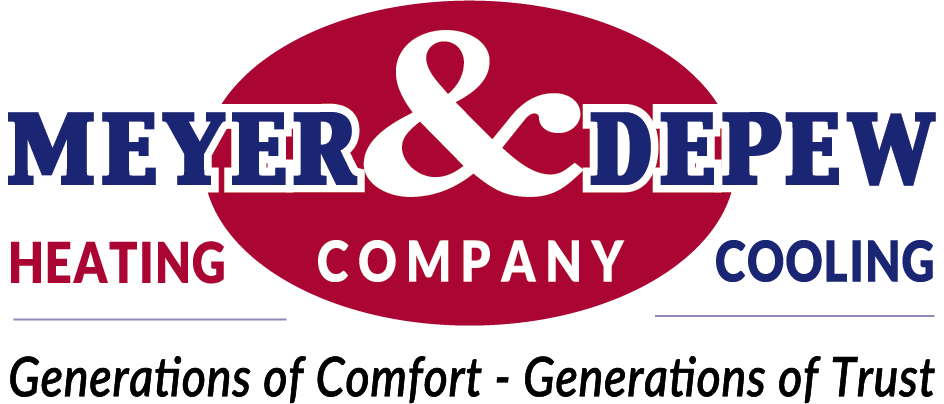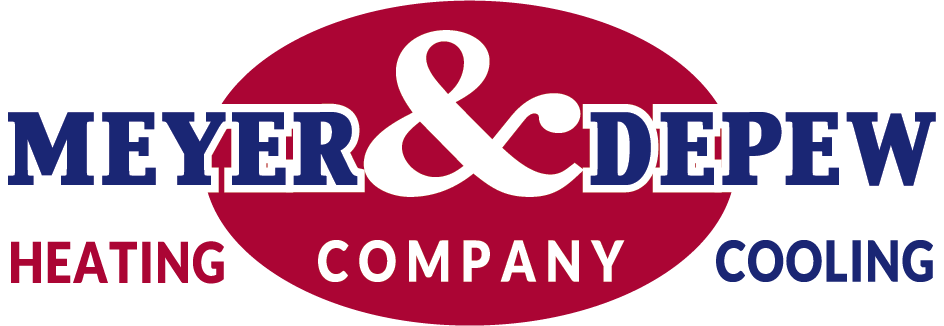Carbon Monoxide Safety: Service Your Heating System
If you’re like me, the fact that Labor Day is next Monday is depressing. Labor Day signals the unofficial end of another summer. No more days at the beach; no more sunsets after 8:00 pm. Instead we’ll be closing our pool until next spring, stocking up on leaf bags and making sure our heating system is ready for the coming season.
With all of the hustle and bustle surrounding the Labor Day holiday, especially all of the preparation and anxiety associated with children returning to school, its easy to forget that your home’s heating system will need a comprehensive check up before you switch that thermostat from COOL to HEAT!
The US Environmental Proection Agency’s Energy Star program says that a heating and air conditioning maintenance plan can pay for itself in energy savings alone. That’s a great reason in today’s economy to have your heating and cooling systems serviced by a professional on a regular basis.
Safety is an even more important consideration. A professional inspection of your heating system can help identify and correct safety problems that undetected can lead to problems as simple as your furnace not working and as serious as fire and death.
Improperly operating furnaces and boilers can cause many serious problems, but amongst the most serious is a system that is not venting flue gases out of your home properly. Be it due to a plugged or collapsed chimney or a crack or hole in a heat exchanger, carbon monoxide poisoning can kill everyone in your home. It is an odorless, colorless gas that kills most people while they are sleeping. They simply never wake up.
An Idaho couple were nearly killed last week and after being airlifted to a hyperbaric chamber they have fortunately recovered. The news report (posted online today – Aug. 30th) said that the couple’s furnace was faulty and emitted carbon monoxide into their home. They did not have any carbon monoxide detectors.
We recently investigated a complaint of excessive humidity in a home. The homeowner reported that the ductwork in the basement was sweating. Our investigation revealed that the flue pipe for the home’s water heater had become disconnected from the chimney. The moist flue gases were leaking into the basement increasing the humidity level and causing the duct sweating problem. The homeowner had CO detectors in the house and they were going on and off every time the water heater went on and off. Due to the intermittent, on-off nature of the CO alarm activations, the homeowner dismissed the alarms as the result of a faulty detector. This clearly wasn’t the case and the family was fortunate that they called us about the duct sweating problem.
I was a volunteer firefighter for 25 years and served as Fire Chief for several years. We responded to many carbon monoxide detector activations. We found everything from a birdnest in a chimney to furnace flue pipes that had rusted so badly they had holes in them. According to the National Fire Protection Association (NFPA), in 2005 fire departments in the US responded to over 61,000 CO incidents in which carbon monoxide was found. Carbon monoxide detectors, or CO detectors as many refer to them, can truly save your life. Every home should have several. For more information on CO detectors, including where to place them in your home, visit the NFPA’s Carbon Monoxide Safety Tips by clicking here.
All of this points to the need for an annual safety inspection of your home’s heating system to insure that it is operating safetly. Our comprehensive heating system inspection is designed to do just that. We think we do one of the best heat exchanger inspections available. For years the best that we could do was a visible inspection of the exposed areas of the heat exchanger with a flashlight and a mirror. This was effective in finding larger holes in easily accessible areas. Several years ago we learned of a new method which we now employ as necessary based upon the the observed conditions of your furnace and its age.
This new method involves us spraying a non-toxic fluorescent dye on the outside of the heat exchanger and then looking on the inside of the heat exchanger with an ultraviolet lamp. If the fluorescent dye is detected on the inside of the heat exchanger then that is a positive indication that there is a hole or crack in the heat exchanger and in accordance with the American Gas Association’s Fact Sheet, we recommend replacement or repair of the heat exchanger. In most cases, it is more economical to replace the furnace.
Last fall one of our service technicians was servicing the furnace at my brother and sister-in-law’s home. Using the fluorescent dye he got a positive indicator for a crack in the heat exchanger. A visible inspection of the furnace yielded no signs of cracks. We replaced the furnace and brought it back to our shop to use for training. Several of our most senior techncians made an inspection of the furnace with a flashlight and mirror (the industry standard for many years) and could not locate any cracks. We disassembled the furnace and pulled the heat exchanger out and found TEN cracks in various locations on the heat exchanger. This new heat exchanger inspection method is clearly superior to the old methods.
When we find a crack or hole in your heat exchanger we shut down your furnace to protect you and your family from any potential dangers and work withyou to facilitate an expedited repair or replacement. Sometimes homeowners seek out a second opinion and we recommend that they do so if there is any doubt on their part as to our findings. We complete an Air Conditioning Contractors of America (ACCA) Gas Furnace Inspection Sheet indicating where we found the hole to make it easier for another contractor to confirm our diagnosis. Even then, another contractor will come out with a mirror and a flashlight and be unable to locate the crack that the flourescentdye did. They sometimes tell the homeowner that there is nothing wrong with their furnace. We’ve even had gas company techncians tell homeonwers that they couldn’t find what we did.
We can assist in demonstrating the crack that we discover through use of video camera that is mounted on the end of a flexible wand. We can show you on a video screen where the crack is.
We stand behind our heat exchanger inspection results. If we get a positive indicator for a crack or hole and you replace your furnace, we’ll do so for free if we can’t show you at least one hole or crack in your heat exchanger when we remove your old furnace.
We’ve seen gas company employees check for carbon monoxide in the duct work and upon finding none tell homeonwers that their system is safe to operate. The question is, when will the crack be large enough to begin leaking carbon monoxide into your home. A few years ago one of my neighbors had a problem where his CO dectector would go off but only on the coldest nights of the year. It turns out that on the coldest nights his furnace was running longer to keep his home warm and the metal in the heat exchanger expanded more as it got hotter and the hole opened up enough to emit CO into his home. We replaced his furnace and he hasn’t had any problems since.
You can put a CO detector in your home but you can’t knowingly allow a furnace to be operated with a crack or hole in the heat exchanger and rely on the CO detector as the sole means to protect you and your family. Just because you have band aids in your medicine cabinet doesn’t mean you let your kids play in the knife drawer – right?
You can count on us to protect your family and make sure that your furnace is operating safely and efficiently.
Call one of our Client Service Representatives today at 908-272-2100 for more information.
What are your thougths on carbon monoxide? Let me know.
Regards,
Bobby Ring President Meyer & Depew Co.


